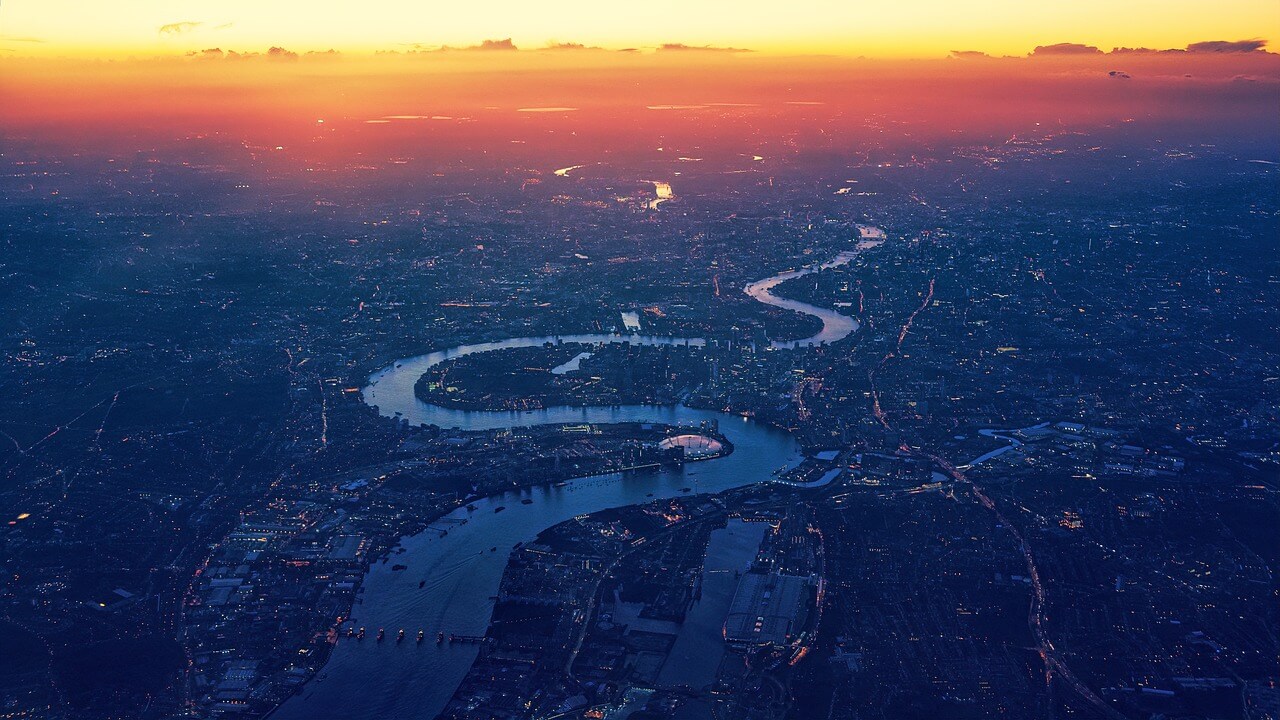A Students Guide to London Zones
Arriving in London can be overwhelming, especially when it comes to understanding the city’s zone system. London’s zone system is the key to unlocking the city’s treasures, spanning over 607 square miles (1572 km) and covering all 32 boroughs. So, how do we get to know it? With a little time and research, you’ll be navigating the zones like a true Londoner. Let’s get started…
The easiest way to get to grips with it is to read up beforehand, get an idea in mind of what denotes each zone, and then jump right into travelling around the stunning capital of England. Learn as you go, and don’t worry if you get lost – Google Maps is always available!
What is The London Zone System?
First off, let’s investigate what the zone system is. Simply put, it’s a geographical system that segments the city into distinct areas based on travel connections, and how close they are to the centre of London. There are 9 zones in total, with Zone 1 at the city centre and Zone 9 at the outskirts. Let’s take a quick tour of each zone and some of their notable features:
Zone 1:
The city centre – home to iconic landmarks like Big Ben and the Tower of London.
Zone 2:
Notting Hill, London Zoo, and two football stadiums await in this vibrant zone.
Zone 3:
Explore the beauty of Kew Gardens, catch a match at Wimbledon, or take off from London City Airport.
Zone 4:
Wembley Stadium, the RAF Museum, and the tranquillity of Richmond Park can be found in Zone 4.
Zone 5:
Head to Twickenham for thrilling England Rugby Union matches and more.
Zone 6:
As the end of the line for various underground lines, Zone 6 serves as a major hub for connections, especially to Heathrow.
Zone 7:
Discover the outskirts of North London in Zone 7, with historical sites like the Chiltern Open Air Museum, Bushey Rose Garden, and a plethora of stunning churches.
Zone 8:
Although lacking major tourist attractions, Zone 8 serves as a London Overground Terminal, making it vital for trips further afield.
Zone 9:
Venture further to explore the outskirts of the capital in Zone 9, and take in the wonders at the Warner Bros. Studio Tour, among other local attractions.
Decoding London Fare Zones and their rates
Let’s face it, when it comes to travelling around London, there are many opinions on handling it. We’ve even explored four options in our article talking about the best ways to travel around London, so take a look if you’re curious. When it comes down to navigating each zone, however, there’s one way that’s king: The London Underground. The next question then, is how do you keep track of the fares?
London’s fare system works on the principle that the more zones you travel through, the higher the fare. Between zones 1-9, the maximum TFL fare on an Oyster card is £8.90; outside this range, fares can go up to £26. Keeping track of fare breakdowns is essential to plan your journey and budget accordingly. Visit TFL’s fare breakdown page for up-to-date information on fares.
Zones Matter: The Key Factor to Consider When Booking Accommodation
With all this in mind, choosing the accommodation nearest to your campus, and other frequent travel points, makes a lot of sense. The closer you are, the fewer zones you’ll travel through, and the less money you’ll spend!
Many universities lay in Zone 1 or 2, meaning a central location is key to a good time and saving money. Thankfully, urbanest Victoria, City, Westminster Bridge, and more are located in Zone 1, with urbanest Vauxhall sitting on the cusp between 1 and 2, making things easier. Remember to consider the zone changes when planning your journey to manage your fare costs efficiently.
Understanding London’s zone system is key for navigating the city and planning your journeys effectively but remember you can also make use of technology. Google Maps, Apple Maps, and the TFL app are all great tools to keep you on track, so don’t be shy to use them! And keep an eye on fare rates and choose your accommodation wisely.
While exploring, you may find yourself unsure about areas you go to. Don’t fret – our guide to keeping safe in London, and explore the offerings of urbanest guides for extra tidbits. Happy exploring!
